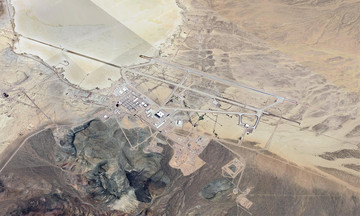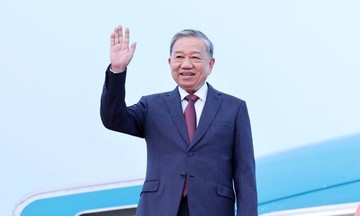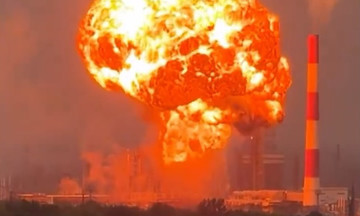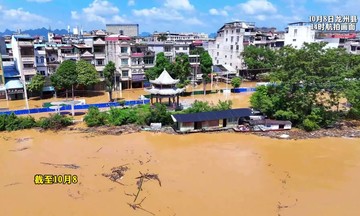The Korean Central News Agency (KCNA) reported that Kim Jong-un visited a research institute under the General Missile Bureau on September 1, 2025, meeting with experts in carbon fiber composite materials research.
Kim inspected the results of eight engine tests conducted over the past two years using these materials and discussed plans for mass production.
"The maximum thrust of this new solid-fuel engine using carbon fiber composite materials is 1,960 kN, and it is expected to be used for the Hwasong-19 ICBM and the new-generation Hwasong-20 ICBM," KCNA stated.
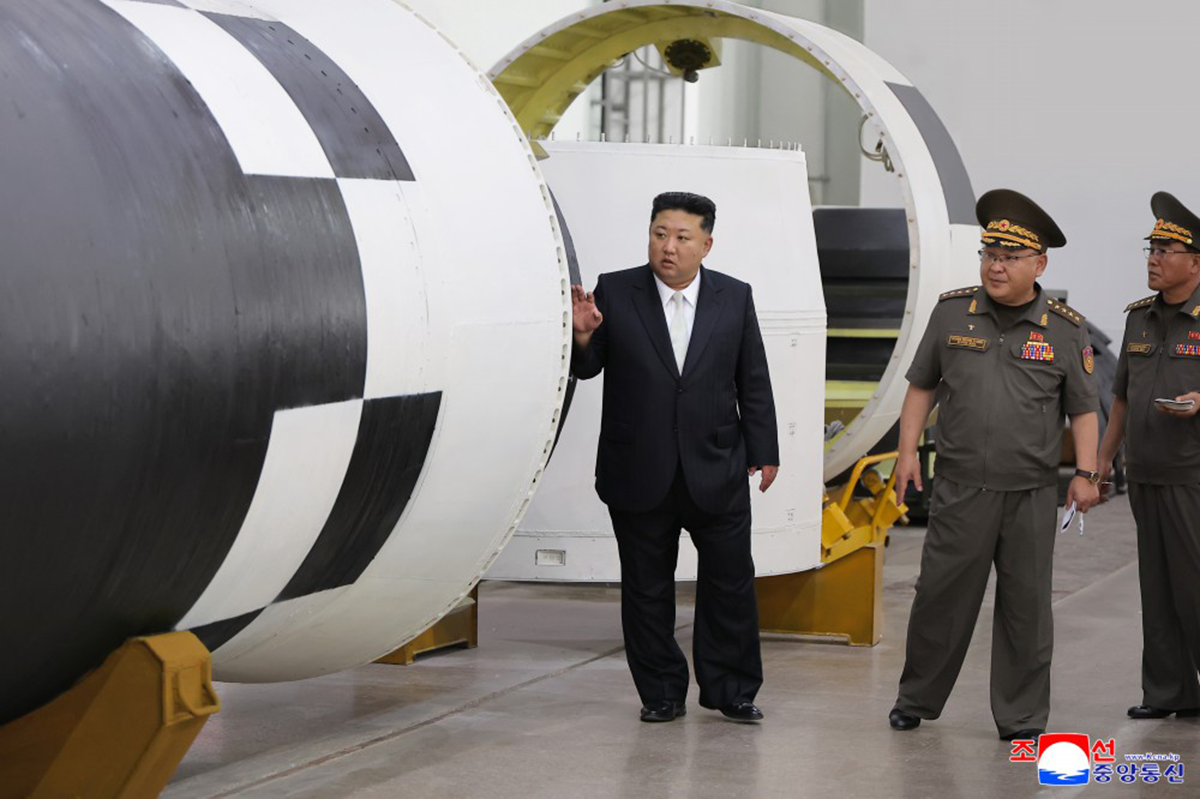 |
North Korean leader Kim Jong-un inspects a missile engine during a visit to a research institute on 1/9. Photo: KCNA |
North Korean leader Kim Jong-un inspects a missile engine during a visit to a research institute on 1/9. Photo: KCNA
Kim praised the successful development of the engine, saying it represents a "major change" in strengthening and expanding North Korea's strategic missile forces, according to KCNA.
This is the first time Pyongyang has disclosed the development of a new-generation ICBM since the Hwasong-19 test launch in late 10/2024. Further specifications of the Hwasong-20 were not revealed.
During last year's launch, the Hwasong-19 reached a maximum altitude of 7,687.5 km and traveled over 1,001 km in 1 hour 25 minutes and 56 seconds before landing in a designated area in the waters east of the Korean peninsula.
This was Pyongyang's longest missile flight to date. North Korean media claimed the Hwasong-19 is the "world's most powerful strategic missile" but provided no specific parameters.
The South Korean Joint Chiefs of Staff (JCS) assessed that the Hwasong-19 uses solid fuel, similar to the Hwasong-18. North Korea's previous ICBMs used liquid fuel, which is much easier to produce than solid fuel.
North Korea's Hwasong-19 missile launch in 10/2024. Video: KCTV
However, solid-fuel missiles offer several advantages: quicker launch preparation, increased maneuverability, reduced detectability by enemy reconnaissance systems, and deployment flexibility. They also require less maintenance and are easier to transport than liquid-fueled missiles.
The ranges of the Hwasong-20 and Hwasong-19 are unknown, but the Hwasong-18 is estimated to have a range of 15,000 km at an optimal launch angle, potentially reaching any location within the US, and capable of carrying one or more warheads with a total weight of 1.25-1.5 tons.
Modernizing ICBMs is believed to be one of North Korea's priorities, aiming to increase range and payload capacity for greater destructive power.
Pham Giang (According to KCNA, Reuters, Korea Times)





